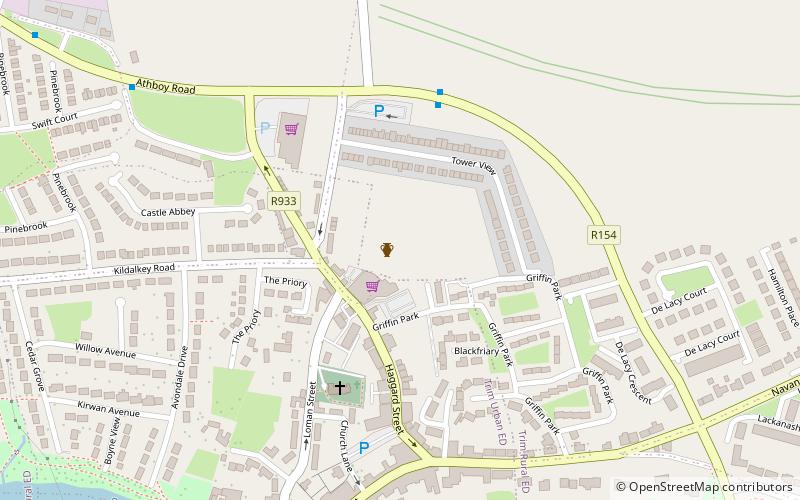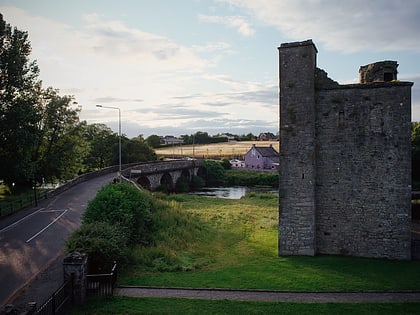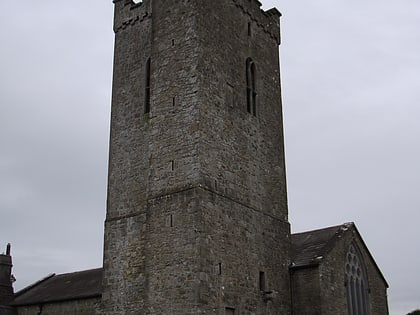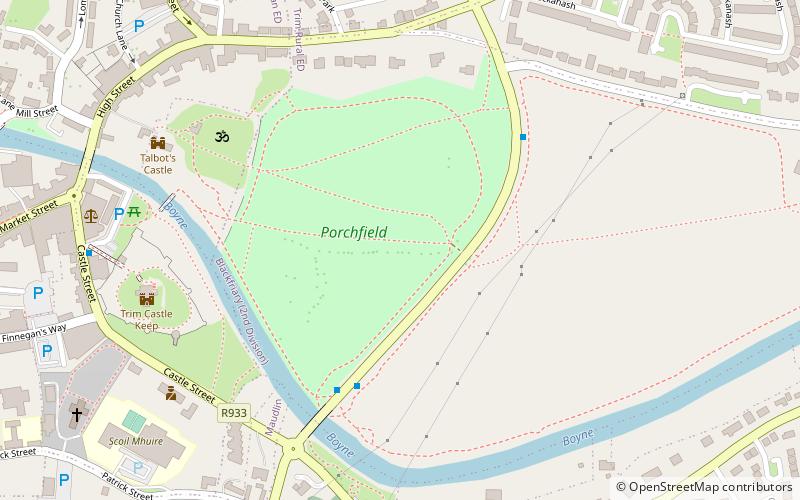The Black Friary, Trim

Facts and practical information
The Black Friary, a historical landmark nestled in the heritage town of Trim, Ireland, is an evocative site that offers a glimpse into the country's medieval past. Established in the 13th century, this Dominican friary was named for the black cloaks of the Dominican Order of friars who once resided there.
While the friary's glory days are long past, and much of its structure lies in ruins, the remnants of its architecture tell a story of religious significance and community life during the Middle Ages. The friary was an important center for education and religious practice until its dissolution in the 16th century during the Tudor's campaign against monastic institutions.
Today, the Black Friary is not just an attraction for history buffs but also a site of archaeological interest. Excavations have unearthed a wealth of artifacts and human remains that provide insight into the lives of the friary's inhabitants and their burial practices. The site serves as a field school for students of archaeology and those interested in heritage preservation.
The grounds of the Black Friary, though partly reclaimed by nature, are open to the public, offering a serene environment for visitors to explore and reflect upon the historical significance of the place. Interpretive signs guide the curious through the site, explaining the layout of the friary and the functions of its various buildings, including the church, cloister, and domestic quarters.
While much of the original structure has been lost to time, the Black Friary remains a treasured piece of Trim's historical tapestry. It is a testament to the town's medieval roots and continues to be a focal point for educational and cultural enrichment.
Trim
The Black Friary – popular in the area (distance from the attraction)
Nearby attractions include: Trim Castle, Sheep Gate, Newtown Abbey, St. Mary's Abbey.






